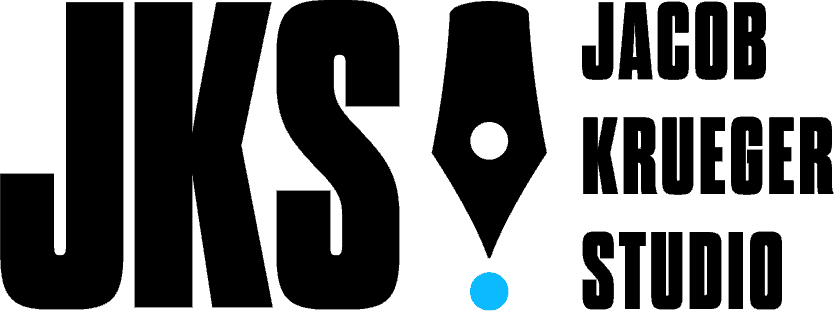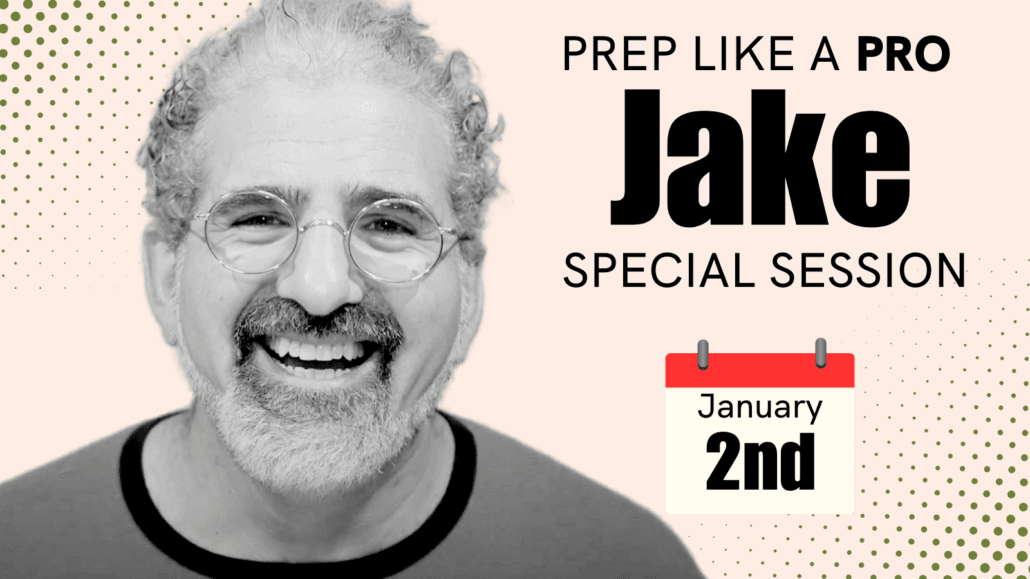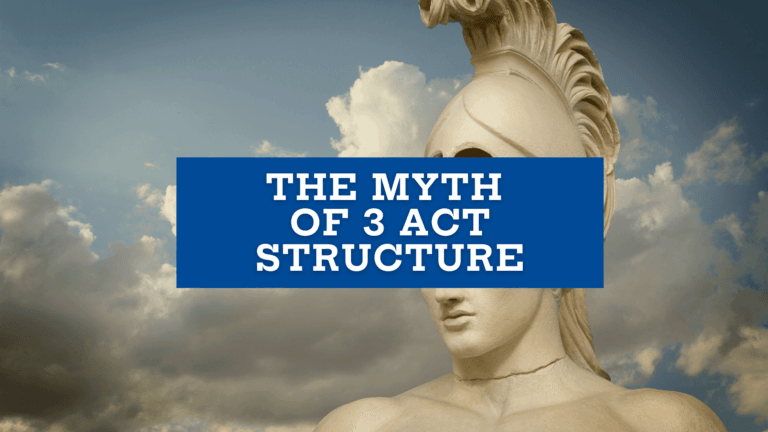[spb_text_block pb_margin_bottom=”no” pb_border_bottom=”no” width=”1/1″ el_position=”first last”]
10 Cloverfield Lane: Everything Possible Must Happen
By Jacob Krueger
[/spb_text_block] [divider type=”standard” text=”Go to top” full_width=”no” width=”1/1″ el_position=”first last”] [spb_raw_html width=”1/1″ el_position=”first last”]JTNDaWZyYW1lJTIwd2lkdGglM0QlMjIxMDAlMjUlMjIlMjBoZWlnaHQlM0QlMjIxNjYlMjIlMjBzY3JvbGxpbmclM0QlMjJubyUyMiUyMGZyYW1lYm9yZGVyJTNEJTIybm8lMjIlMjBzcmMlM0QlMjJodHRwcyUzQSUyRiUyRncuc291bmRjbG91ZC5jb20lMkZwbGF5ZXIlMkYlM0Z1cmwlM0RodHRwcyUyNTNBJTJGJTJGYXBpLnNvdW5kY2xvdWQuY29tJTJGdHJhY2tzJTJGMjUyNzE1MjE1JTI2YW1wJTNCY29sb3IlM0RmZjU1MDAlMjZhbXAlM0JhdXRvX3BsYXklM0RmYWxzZSUyNmFtcCUzQmhpZGVfcmVsYXRlZCUzRGZhbHNlJTI2YW1wJTNCc2hvd19jb21tZW50cyUzRHRydWUlMjZhbXAlM0JzaG93X3VzZXIlM0R0cnVlJTI2YW1wJTNCc2hvd19yZXBvc3RzJTNEZmFsc2UlMjIlM0UlM0MlMkZpZnJhbWUlM0U=[/spb_raw_html] [blank_spacer height=”30px” width=”1/1″ el_position=”first last”] [spb_text_block pb_margin_bottom=”no” pb_border_bottom=”no” width=”1/1″ el_position=”first last”]
Oftentimes, when we’re developing the story of a film, developing the plot of the film, we’re afraid that we’re going to run out of story, that we’re going to run out of the right story. We worry that we don’t have enough story, or a good enough story, that our idea doesn’t work, that we don’t have the right ending, that we don’t know what we’re building, and we get scared.
We start to look outside of ourselves for structure. We start to look outside of ourselves for plot. We start to look outside of ourselves to figure out what happens. Maybe we look at another movie. Maybe we look at a screenwriting book. Maybe we look at a hero’s journey archetype. Maybe, heavens forbid, we look at a software program that pretends it can tell us what happens in our story. Maybe we look to our friends for advice. But none of these places are where we really want to be looking.
Where we want to be looking is inside the content of the screenplay itself. We want to be looking inside of what we’ve already written to figure out where we need to go.
All of the answers for where we need to go in your story already exist in the initial pages of your screenplay. The structure of your movie can grow organically simply by looking at the things that exist in your story, and saying, “If this is true, what else must also be true? And if this is true, what else must also be true? And if this is true, what else must also be true?”
In this context, by the time we make it to the end of the movie, in some way, everything possible must happen…
Now, just a warning, there are major spoilers ahead.
What’s wonderful about 10 Cloverfield Lane is that we never know exactly what is true and what is not. In fact, we’re dropped directly into the experience of the main character.
The main character, Michelle, has just left her husband at the beginning of the movie. She is driving away down a road, something hits her car, and the next thing she knows she wakes up chained to a bed in an underground bunker with an IV in her arm, being nursed back to health by what seems like a totally deranged man, Howard (played by John Goodman). And Howard tells Michelle a bunch of really disturbing things, none of which seem like they could possibly be true.
Howard tells Michelle that the entire U.S. has been attacked. Howard tells Michelle that the air is so contaminated that it will rot your flesh right off the bone. Howard tells Michelle that it may be aliens that have attacked their country, that it may be mutant worms, that whatever these weapons are, they certainly aren’t American.
Howard seems to have a thousand crazy theories, and he does not seem mentally stable at all. He seems dangerous. After all, what kind of man rescues someone only to chain them to a bed? It seems a lot more likely, especially given Howard’s strangely aggressive habits and neuroses, that she’s been kidnapped and taken prisoner.
To try to prove that he is telling the truth, Howard takes Michelle up to the portal door of the air chamber, where he shows her two dead pigs through the window, insisting that they were killed by the poison gas. There might even be a small small part of Michelle at that moment that wonders if Howard might in fact be telling the truth.
But, a moment later, she sees the dent in his truck, flashes back to her car accident, and realizes that Howard did not, as he claimed, find her on the side of the road and save her. He, in fact, was the person who ran her off the road in the first place.
So we are dumped right into her horror. We are entering the movie in her shoes, thinking, like she does, that she’s been kidnapped by a madman and now is somehow going to have to outsmart him within the rules of the world that he’s created. She’s now going to have to escape from the paranoid dream of a man mad enough to spend his whole life building an underground bunker, waiting for an alien attack that he’s now convinced has happened.
Because everything possible must happen, we don’t want to live in that beat forever. We don’t want to spend 7 acts, we don’t want to spend the whole movie, waiting for Michelle to find the right escape plan.
Instead, we want ask if this is true, what else is true?
If it’s true that, at the very beginning, Michelle completely distrusts Howard and thinks that he’s a madman, what is the furthest she could go on that journey? What is the furthest journey she could take in relation to that idea?
The furthest she could go from that is to start to trust him.
And that’s the next movement of the piece.
How do you take a person (and how do you take an audience) how has been programmed from the very beginning to think “this person is dangerous, this person is not trustworthy, this person is not stable” to start to trust him?

Well the first step in that direction comes from Emmett, a guy who happens to be there in the bunker with them. At first, we think that Emmett’s either working for, or has also been attacked by Howard. But as she gets to know the guy, the guy seems really sweet. Emmett tells her that it’s his own fault that he got hurt. Emmett tells her that he forced his way in, that he helped Howard build this, that he saw the attack and that when the attack happened he knew that this was the only chance he had of saving his own life.
Much like we are, Michelle is confused by Emmett’s story. It’s hard to reconcile what he’s saying. All of Michelle’s instincts about Howard, all she knows about the universe, suggests that Howard has somehow duped Emmett, that Emmett’s made a mistake.
Emmett is nice but he doesn’t seem that smart. Maybe he’s been tricked. Maybe he doesn’t understand. Maybe Howard has staged something.
We, like Michelle, are asking ourselves “what really happened? What really happened? What really happened?”
And that’s why we’re rooting for Michelle as she tries to steal Howard’s keys and sneak her way out of the house. We’re rooting for Michelle when she sees the car pull up, when she sees the headlights, when she sees the woman come out, and it look like she’s going to find her salvation.
And then, we are as shocked and terrified as Michelle, when we see that woman’s face being eaten away by the poisonous gas in the atmosphere. When that woman, crazed, starts to bang her head against the portal door.
And we start to wonder, is all this real? Could it actually be true? Has some kind of attack happened? Is some kind of chemical gas in the air? Is Howard really the deranged man who we imagined him to be? Or is he, in fact, the savior that he has claimed to be all along?
Our assessment, and Michelle’s assessment, of Howard as a character starts to change. And like Michelle’s our trust keeps growing, especially because his reaction to her escape attempt is not the deranged violence we’d expect from him.
Despite the fact that during her escape she cracked his head with a bottle, cutting him so deeply he needs stitches, despite the fact that she’s stolen his keys and almost exposed them to the poisonous gas, Howard doesn’t react violently at all.
Howard reacts instead with a very heartfelt confession, admitting that he lied to her. That he ran her off the road, not on purpose, but because he was so scared that he was driving like a madman.
At that moment, he seemed so vulnerable and so truthful, it’s hard not to believe Howard. We’re so surprised by his lack of violence, by his forgiveness, by the way he blames himself, that we feel bad for judging him just like Michelle feels bad for judging him.
In the next movement of the piece, we, like Michelle and Emmett, start to trust Howard. We start to root for the three of them to survive this attack, to build a family together underground. We start to feel like maybe we were wrong in our judgment, just like Michelle begins to believe that maybe she was wrong in her judgment.
If this is true, then what else can be true?
What is the furthest she can go from there?
Well, the air filtration system breaks and only Michelle is small enough to crawl through the ductwork in order to pull the lever to restart the system. But when she finds herself in that air filtration room, it’s more than just an air conditioner that she finds.
What she finds is the word HELP scratched on the inside of the window. What she finds is a bloody earring that matches the earring in a photo of a young girl that Howard claimed was his daughter.
And she starts to believe that maybe Howard is the man she thought he was at the very beginning: that maybe he is unstable, that he is dangerous, that he is the kind of person who would kidnap a woman and chain her to a bed, maybe even rape her and torture her, maybe even kill her.
In an early movement in the movie, Emmett convinces Michelle that Howard is safe. In the next movement of the movie, Michelle convinces Emmett that Howard is dangerous. Emmett recognizes the girl from the photo, and no, it is not Howard’s daughter, it is something much more terrifying than that. It’s a girl who disappeared from their neighborhood.
And Emmett and Michelle realize that they have to escape from this underground bunker, that the man that they’re staying with may be capable of anything. As dangerous as the outside is, inside may actually be worse. They somehow have to find a way out.
Early on in the movie, we have scenes of bonding between these three in which they’re truly enjoying each other’s company: feeling safe with each other.
On the other side of the air filtration system experience, of discovering this secret about Howard’s past, Howard is feeling better about their relationship than ever. He’s celebrating the joy of great teamwork, the beauty of what they’ve created together, even as they’re planning their escape.
At the moment they are doubting him the most. Howard’s feeling the most trust in them. He’s feeling most safety at the moment they’re feeling the most danger.
And you can see that this is a nice riff on all the things that have happened in the past, when Howard was feeling threatened and unappreciated by them.
What’s the furthest he could go from that? Feeling completely safe and part of a team. Everything possible must happen.
 This movement culminates in that fabulous sequence in which they all play a word-guessing game together. Howard is desperately trying to give Michelle the clues, “I know where you are sleeping. I watch you all the time. I know what you are doing…” And Emmett, at his most paranoid, thinks that Howard is using the game to make an accusation, until Michelle realizes that Howard is simply giving the clues for “Santa Claus.”
This movement culminates in that fabulous sequence in which they all play a word-guessing game together. Howard is desperately trying to give Michelle the clues, “I know where you are sleeping. I watch you all the time. I know what you are doing…” And Emmett, at his most paranoid, thinks that Howard is using the game to make an accusation, until Michelle realizes that Howard is simply giving the clues for “Santa Claus.”
So we’re moving Howard from a place of paranoia to a place of comfort, and we’re moving Michelle from a point of paranoia, to a place of comfort, to a place of even worse paranoia. We’re moving Emmett from a place of total trust, to a place of total fear. We’re building structure not by looking at what’s “out there” but by looking at what’s “in here.”
If this is true what is also true? Everything possible must happen.
In the next sequence of the movie, Emmett and Michelle get caught. And Howard starts to show his dark side again. In fact, Howard shows a darker side than we even imagined. He confronts them with a barrel of corrosive acid, and warns them that they’re either going to tell him what they’re doing with the objects that he’s found, or he’s going to put them in that barrel and let it eat their flesh away.
And at that moment, Emmett makes a false confession to protect Michelle. He tells Howard that he was creating a weapon, that he did it alone, that he was trying to get the gun so that she would respect him like she respects Howard.
And to our surprise, Howard seems to buy it. Howard accepts the apology. And then Howard pulls out his gun and blows Emmett’s brains all over the wall.

Again you can see the movement. We start at a place where Howard trusts Emmett but doesn’t trust Michelle, and we move to a place where Howard trusts Michelle but doesn’t trust Emmett.
If this is true, then what else is true? Everything possible must happen.
At the beginning of the movie, when Michelle finds herself chained to the bed, we believe that she has been kidnapped and we start to imagine Howard as some kind of sexual deviant, some kind of obsessive monster who is going to rape her and torture her and hold her hostage.
Through the course of the movie, we come to see him as the total opposite. But once that earring is discovered, the possibility comes alive again.
What happens in the next movement is we get to watch Howard start to recreate his past pattern. We get to watch him recreate the relationship he had with the daughter he once lost, and the relationship he most likely had with the girl that he kidnapped.
During the board game, we witness Howard’s inability to describe Michelle as anything other than a little girl. And once Emmett is gone, he reveals that now they can finally live the way he had planned when he “saved” her.
He has shaved his beard, and he begins to infantilize her, to offer her ice cream, to build some old, terrifying pattern with her. The kind of terrifying, creepy stuff that we, and Michelle, imagined he was going to do when we first met him, before we went on this huge journey that changed the way we saw him.
If this is true, then what else is true? Everything possible must happen.
At the very beginning of the movie, Michelle tries to kill Howard with a sharpened crutch. Later in the movie, Michelle makes her escape using Howard’s own acid against him, burning the skin off of his body in a really incredible chase sequence that ends with the bunker on fire.
Michelle barely escapes with her life in a hazmat suit made out of a shower curtain and a gas mask made out of a coca cola bottle.
And just when we think we know where we are, she sees a flock of birds fly overhead and realizes that the air is not contaminated at all.
We start to remember, like she starts to remember, what we thought at the very beginning of the movie: that Howard made all of this up, that none of this was real. We start to believe as she starts to believe, that Howard has somehow tricked everyone.
We watch as she takes off her gas mask, as she breathes the air, as she realizes that she stepped into Howard’s mind, that somehow she came to believe his crazy story. We, as the audience, are right there with her, in her shoes, breathing that sigh of relief as well, so grateful that we knew it all along, and waiting to figure out how he orchestrated all this madness.
And of course, that’s the moment where she sees the alien ships for the first time.
And they are as terrifying as Howard imagined them to be, all the way down to the mutant worms.
What is so satisfying and so gratifying about that moment is that this is the one thing that even we didn’t think was possible.
This is the one thing that was brought up that even we didn’t think could happen.
The writers and the director have squeezed every last drop out of everything that they’ve written, and manifested it all in a totally shocking ending that, at the same time, feels totally inevitable.
Now, that’s not to say that every movie needs to end with an alien invasion.That doesn’t mean just because you have a character who’s afraid of aliens, that aliens need to show up in your movie.
But what it does mean is that, in relation to your theme, you want to squeeze every last bit of juice, out of everything you’ve written.
If this is true, what else is true. Everything possible must happen.
In relation to your theme, you want to say ‘If Howard believes in aliens, is it possible that aliens are true? If Howard longs for his daughter, is it possible he’s trying to recreate that relationship? If Howard seems really dangerous at the beginning, is it possible that he can be even more dangerous at the end? If this all seems like a ruse at the beginning, can it seem like a ruse at the end? And after all that, can it also turn out to be true?’
In fact, the original script, which was called Cellar, actually does not end with aliens at all. The original script ends with Michelle escaping, realizing the air is clean, taking off her gas mask in relief, breathing deeply, and then seeing, over the skyline, the ruined remains of Chicago, and realizing that everything Howard told her was true.
Some critics have argued that the aliens were somehow tacked on, simply as an attempt to force this movie to be a sequel to Cloverfield. But I, as you’ve probably figured out, think exactly the opposite.
I felt like the aliens were perfect at this moment, because they grew so organically out of everything that had been built, because they proved so completely the premise and the theme of the movie: that you can never actually know what’s true or real about a person. You can actually never know exactly what to believe and exactly what is right. That even the maddest among us may actually know the truth, and even the sanest among us may actually be telling ourselves lies.
But the truth of the matter is, it doesn’t matter if you end with aliens or end with the destroyed city of Chicago. That is an artistic decision. What matters is that you suck the marrow, you suck the last bit of juice, out of everything that you’ve built.
You build your structure not by tacking things on at the end, but by looking at what’s already there, by asking yourself if that’s true then what else is true? by pushing your characters to the furthest extremes of how they can change, and by making sure that everything possible does, in fact, happen.
[/spb_text_block]





